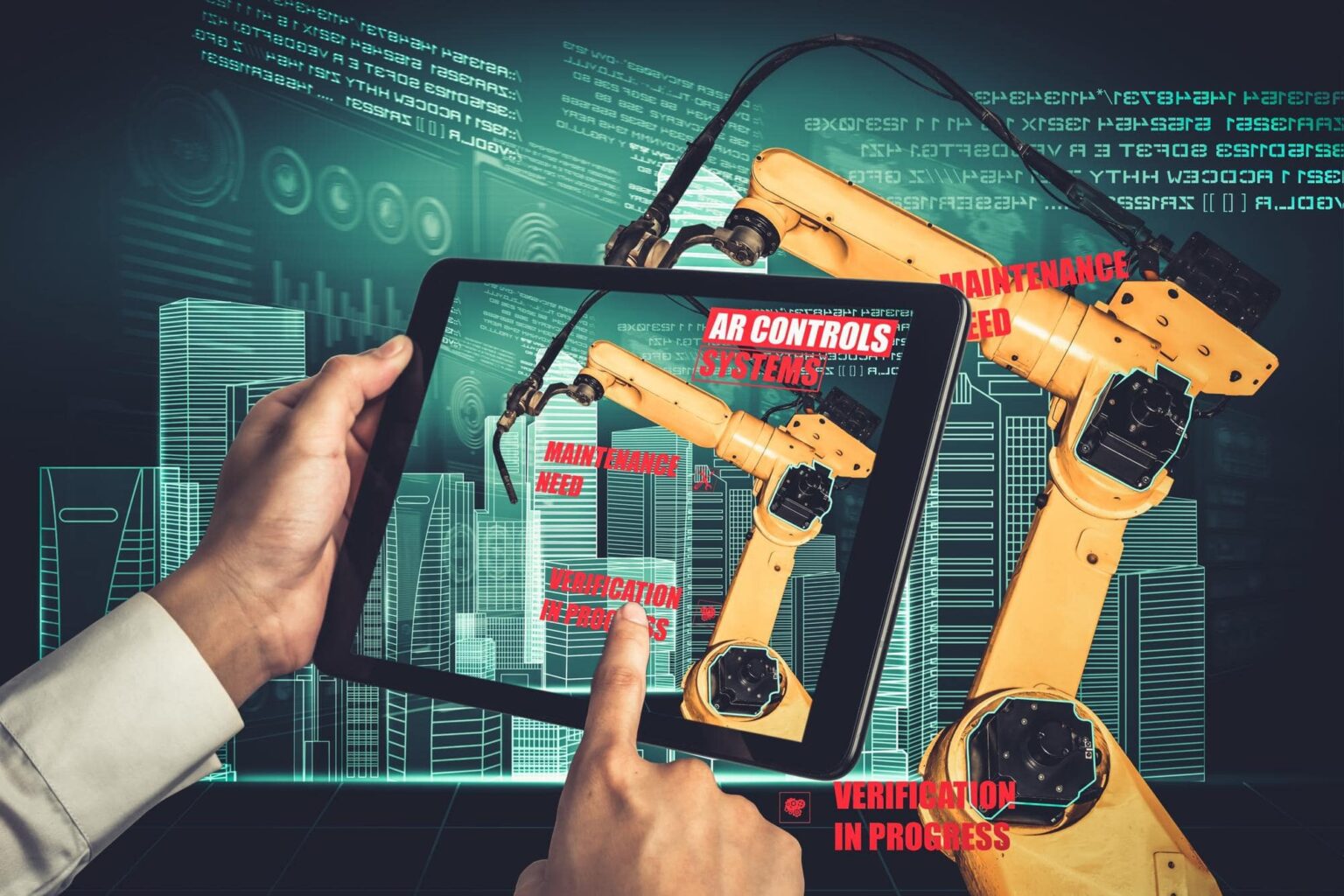Robotics and automation are increasingly being utilized in the construction industry to improve efficiency, productivity, and safety. These technologies offer a range of benefits, from automating repetitive tasks to enhancing precision and reducing the risk of accidents. Here are some ways in which robotics and automation are transforming the construction sector:
- Automated Construction Processes: Robots can perform repetitive and labor-intensive tasks with precision and consistency. Construction robots can be deployed for tasks such as bricklaying, concrete pouring, welding, and demolition. These machines are programmed to carry out these activities with high accuracy, speed, and efficiency, reducing the reliance on manual labor and increasing productivity.
- Prefabrication and Modular Construction: Automation plays a crucial role in prefabrication and modular construction. Robotic systems can automate the fabrication of building components in a controlled environment, leading to higher quality and faster production. Modular construction processes can be streamlined using automation, allowing for the efficient assembly of prefabricated modules on-site.
- Drones for Surveying and Inspections: Unmanned aerial vehicles, or drones, are used in construction for various purposes. Drones equipped with cameras and sensors can capture aerial images and generate accurate 3D models of construction sites, enabling better project planning, progress monitoring, and surveying. Drones can also be used for inspecting hard-to-reach or hazardous areas, improving safety and reducing the need for manual inspections.
- Autonomous Vehicles and Equipment: Autonomous vehicles and equipment are increasingly employed in construction operations. Self-driving trucks and heavy machinery can transport materials, excavate, and perform other tasks without the need for human operators. These autonomous systems can enhance safety, reduce labor costs, and optimize construction logistics.
- Safety and Risk Reduction: Robots and automation technologies improve safety conditions in construction sites. By taking over hazardous tasks, such as working at heights, handling heavy materials, or operating in dangerous environments, robots help reduce the risk of accidents and injuries to workers. Automation can also be used for remote monitoring of construction sites, enabling real-time safety assessments and early detection of potential risks.
- Data Collection and Analysis: Robotics and automation generate vast amounts of data that can be leveraged for construction project management and optimization. Sensors embedded in robotic systems can collect data on construction processes, material usage, and environmental conditions. This data can be analyzed to identify inefficiencies, improve resource allocation, and enhance decision-making for future projects.
- Collaborative Robots (Cobots): Collaborative robots, or cobots, are designed to work alongside human workers, assisting them in various construction tasks. Cobots are equipped with advanced sensors and safety features, allowing them to operate safely in proximity to humans. These robots can improve productivity by automating repetitive or physically demanding tasks while providing support and assistance to human workers.
The adoption of robotics and automation in construction is driven by the industry’s need for increased productivity, improved efficiency, and enhanced safety. While these technologies offer significant advantages, their implementation requires careful planning, training, and integration into existing construction processes. It is essential for construction companies to assess their specific needs, evaluate the available technologies, and develop strategies to effectively incorporate robotics and automation into their operations.



